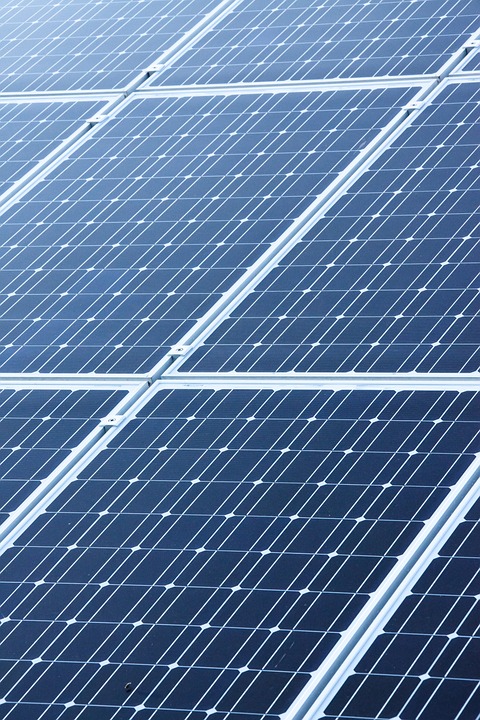The Clean Energy Act is a piece of legislation that aims to promote the use of renewable energy sources and reduce greenhouse gas emissions. It was introduced in response to the growing concerns about climate change and the need to transition to a more sustainable energy future.
Key Provisions of the Clean Energy Act
The Clean Energy Act includes a number of key provisions aimed at promoting clean energy and reducing carbon emissions. Some of the key provisions include:
Renewable Energy Standard
One of the main provisions of the Clean Energy Act is the establishment of a renewable energy standard. This standard requires utilities to generate a certain percentage of their energy from renewable sources such as wind, solar, and hydro power.
Carbon Pricing Mechanisms
The Clean Energy Act also includes provisions for implementing carbon pricing mechanisms, such as carbon taxes or cap-and-trade systems. These mechanisms are designed to incentivize businesses to reduce their carbon emissions and transition to cleaner energy sources.
Benefits of the Clean Energy Act
There are a number of benefits associated with the Clean Energy Act. Some of the key benefits include:
Reduced Greenhouse Gas Emissions
By promoting the use of renewable energy sources and implementing carbon pricing mechanisms, the Clean Energy Act helps to reduce greenhouse gas emissions and combat climate change.
Job Creation
The transition to clean energy sources creates new job opportunities in industries such as solar and wind power, helping to stimulate economic growth and create a more sustainable future.
Conclusion
Overall, the Clean Energy Act is an important piece of legislation that aims to promote the use of renewable energy sources and reduce greenhouse gas emissions. By implementing key provisions such as a renewable energy standard and carbon pricing mechanisms, the Clean Energy Act helps to create a more sustainable energy future for generations to come.

Kyle Whyte is a notable scholar and professor at the University of Michigan, holding positions such as the George Willis Pack Professor in the School for Environment and Sustainability and Professor of Philosophy. Specializing in environmental justice, his work critically examines climate policy and Indigenous peoples’ ethics, emphasizing the nexus between cooperative scientific endeavors and Indigenous justice. As an enrolled Citizen Potawatomi Nation member, he brings a vital perspective to his roles as a U.S. Science Envoy and member of the White House Environmental Justice Advisory Council. His influential research is supported by various prestigious organizations including the National Science Foundation, and disseminated through publications in high-impact journals. Kyle actively contributes to global Indigenous research methodologies and education, with affiliations to numerous institutes and societies dedicated to traditional knowledge and sustainability. Recognized for his academic and community engagement, Kyle has earned multiple awards and served in various visiting professorships. His efforts extend to leadership positions on boards and committees focused on environmental justice nationwide.
